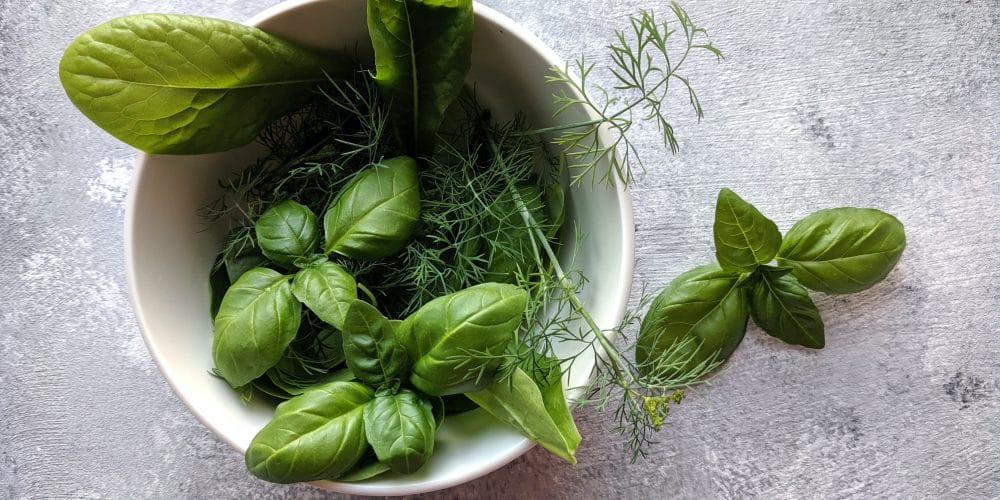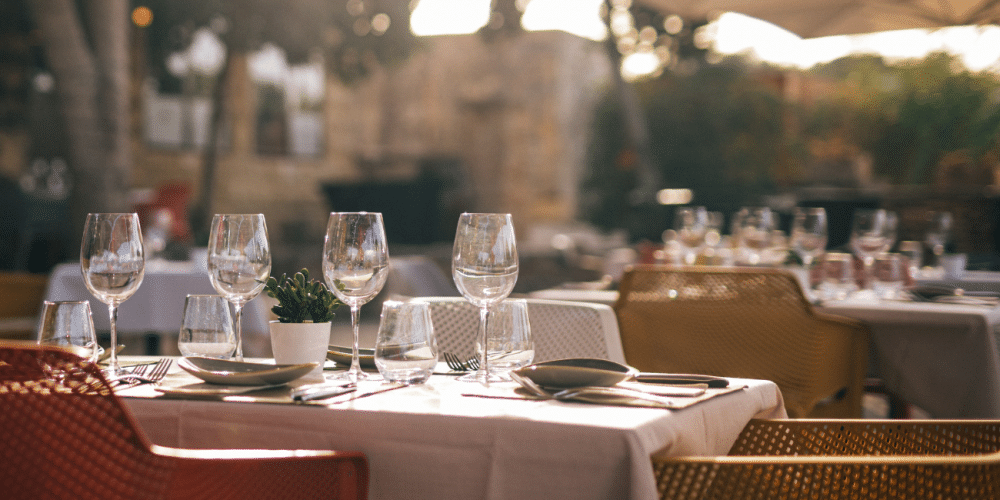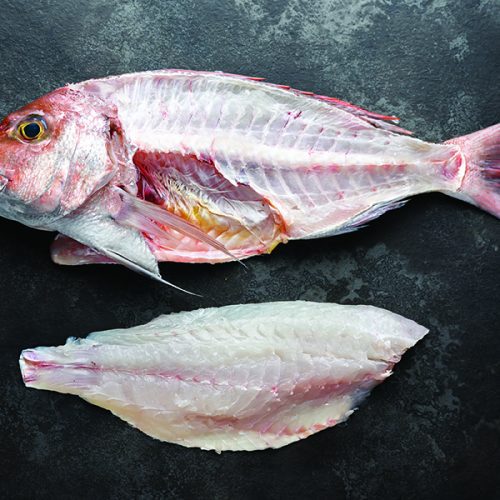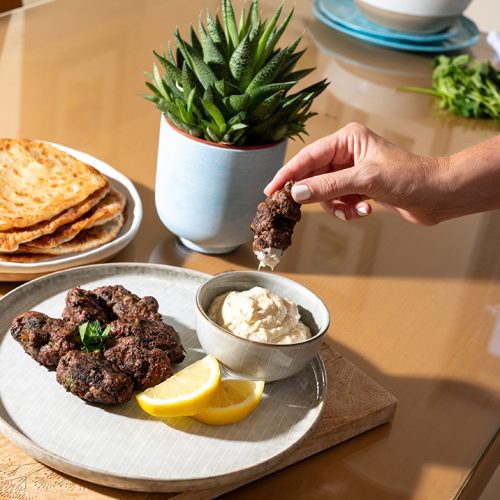
Pickling involves the brining and marinating of fruit or vegetables, and allows for short term storage. A brine is a solution of vinegar, water, salt and sugar and is used as the pickling liquid.
It’s important to note quick pickles must be stored in the fridge to last up to 2 to 3 weeks as the method is only suitable for short-term storage. Canning and longer fermentation methods can be used for long-term preservation and storage of fruits and vegetables.
Pretty much any fruit or vegetable you can think of is able to be pickled. You can make quick pickled vegetables like cauliflower, squash, mushrooms, broccoli, or fruit such as figs, melon, cherries, and peaches. Pickling fruits and vegetables creates an acidic result that adds an interesting but delicious dimension to any recipe like burgers, salads or a lovely cheese board. The quick pickling method brings new life to an ingredient creating a completely new flavour but also provides a great way to extend the shelf life of a seasonal product that is momentarily in abundance.
“Pretty much any fruit or vegetable you can think of is able to be pickled.”
–
1. Pick your pickle
Besides picking which fruit or vegetable you want to pickle, you should also consider the shape you chop or slice the ingredient to, and the flavours you would like to add to compliment the main ingredient in the form of herbs and spices. For crunchy, tough vegetables like carrots and radishes, you’ll want to slice thinly to allow maximum absorbance of the pickling liquid. Alternatively if you’d like to keep them whole or in larger chunks, you can also par-boil them before beginning the pickling process. Once chosen, add all of the ingredients to a lidded non-reactive container (like a glass jar or ceramic vessel).
2. Pick your vinegar
Just as there are countless vegetables to pickle, there are also plenty of options when it comes to picking the right vinegar for your brine. You can simply use what you’ve got, or experiment with different kinds for different vegetables. White vinegar is the most basic, all-purpose option for quick pickles. However, you can use rice vinegar, apple cider, champagne vinegar or even sweeter varieties like balsamic.

3. Prepare the brine
First, heat water in either a kettle or on the stove until the first bubbles start to appear. Off the heat, stir in the salt until dissolved, and then stir in the vinegar. Adding the vinegar at this stage helps to cool the brine down. Pour the brine liquid over the ingredients until they’re covered. You may not use all of the liquid.

4. Let it pickle
Next, let the jars and their contents cool to room temperature, then seal them shut and transfer them to the refrigerator. Let them pickle for at least one hour before digging in! The longer you leave them to pickle, the more the flavours will develop. Experiment with leaving them for different lengths of time so you can see this for yourself.
Here’s a simple recipe to get you started, this can be easily adapted to suit your fruit or vegetable of choice!
Thyme Pickled Shallots
The Brine
1 cup water
1 cup cider vinegar
2 tsp Salt
1 tsp Sugar
The Pickle
1 large Shallot or red onion
5 sprigs fresh thyme
1 tbsp black peppercorns
* All images used are stock images










